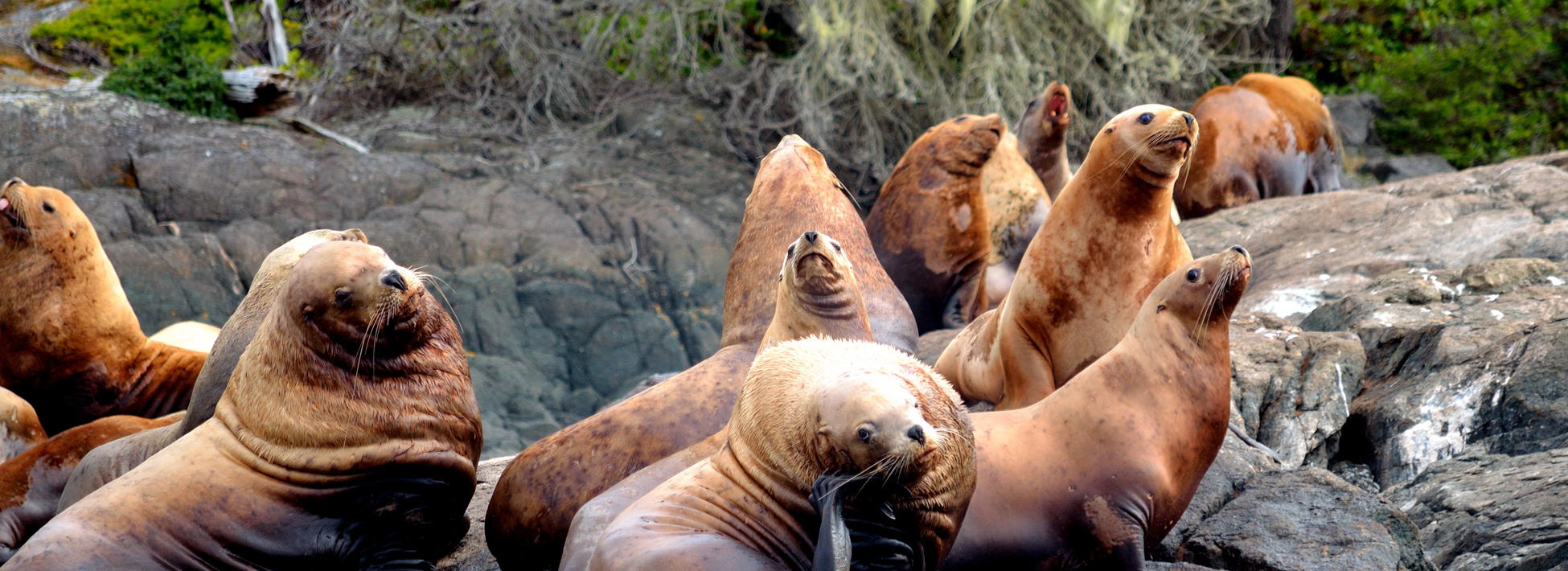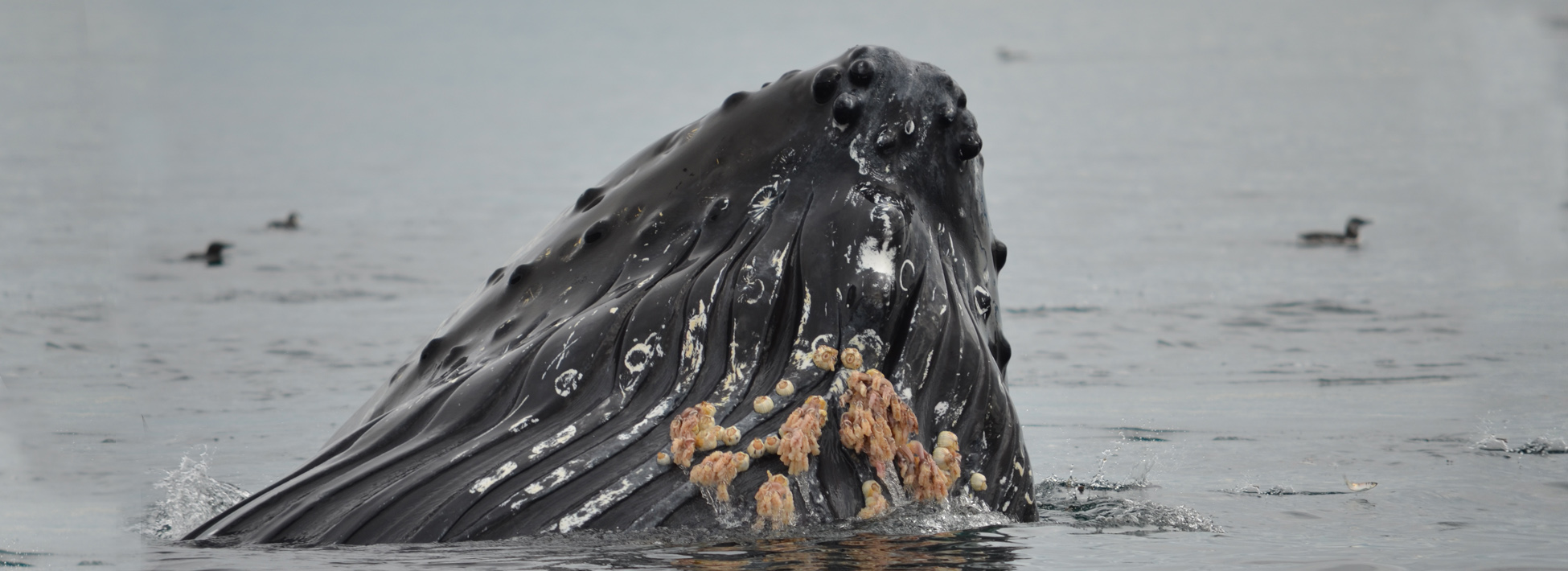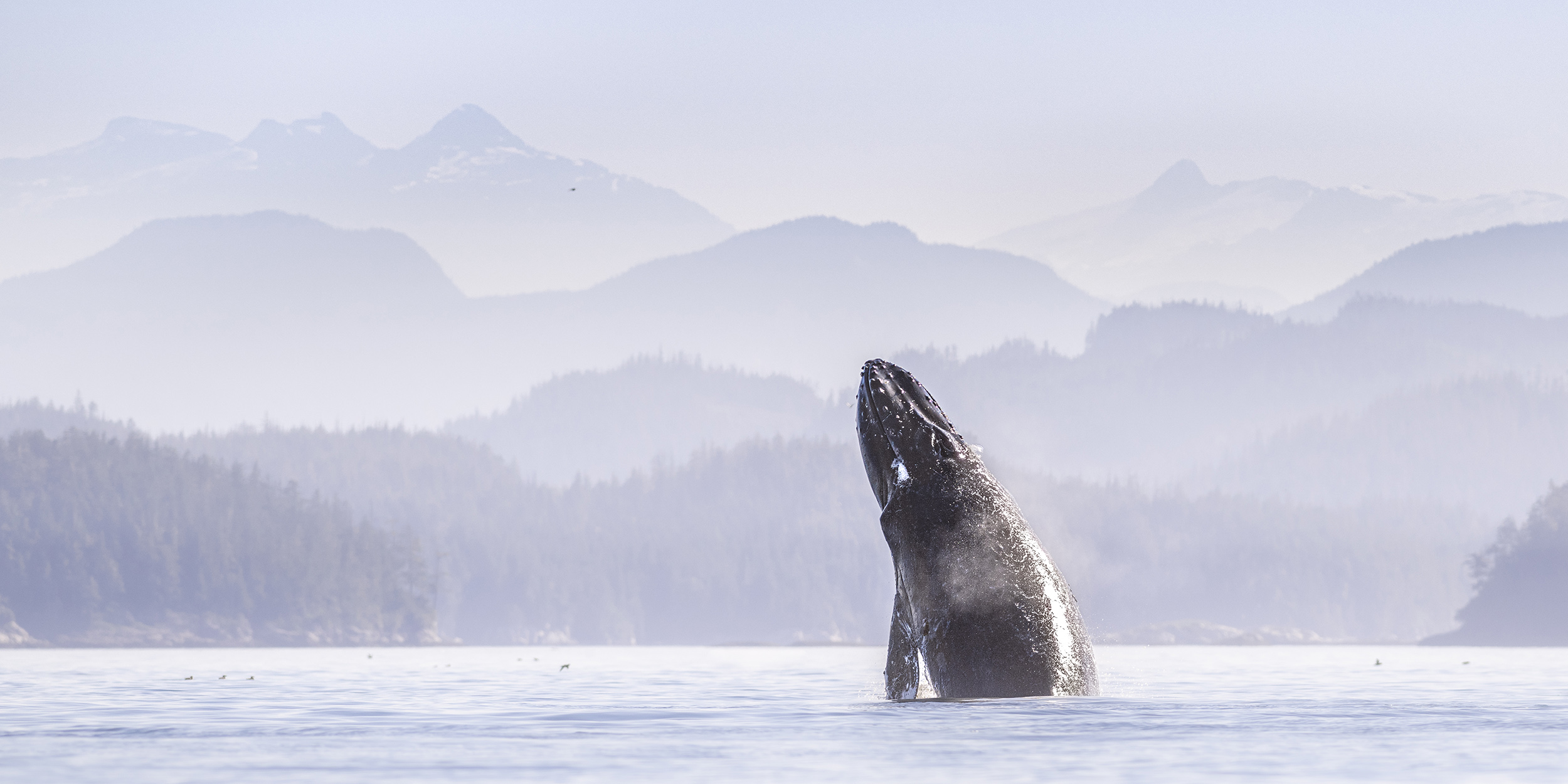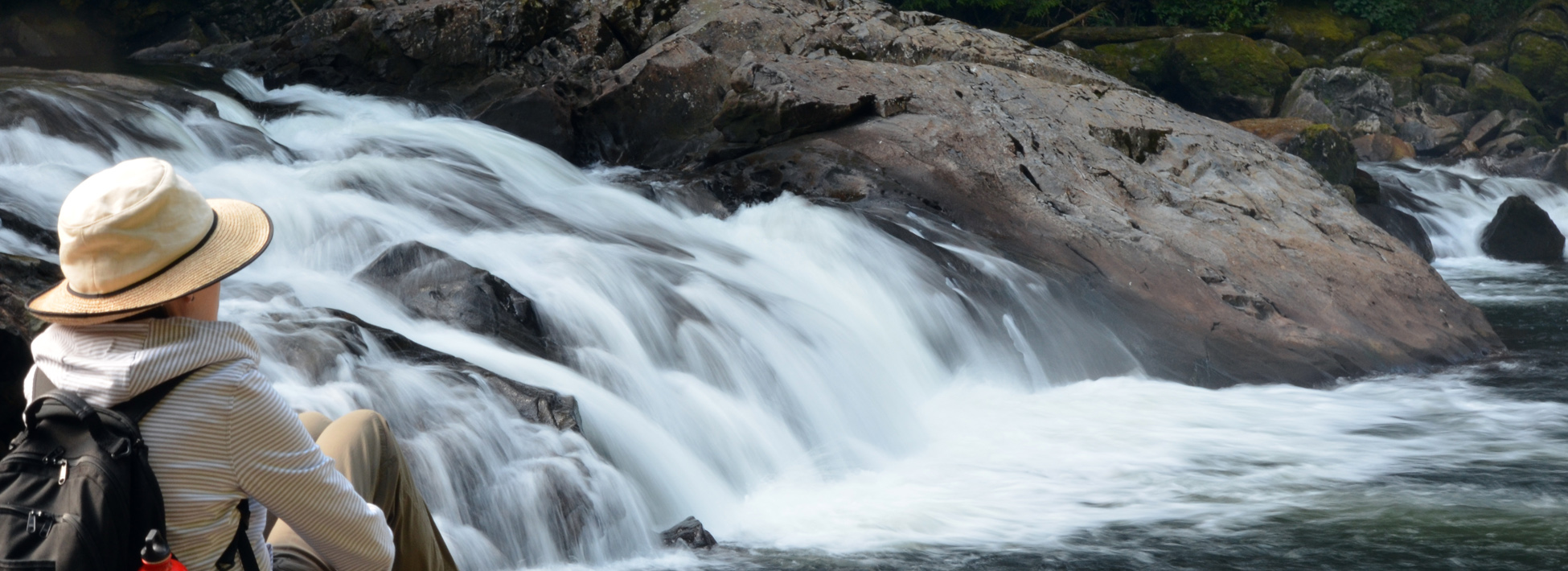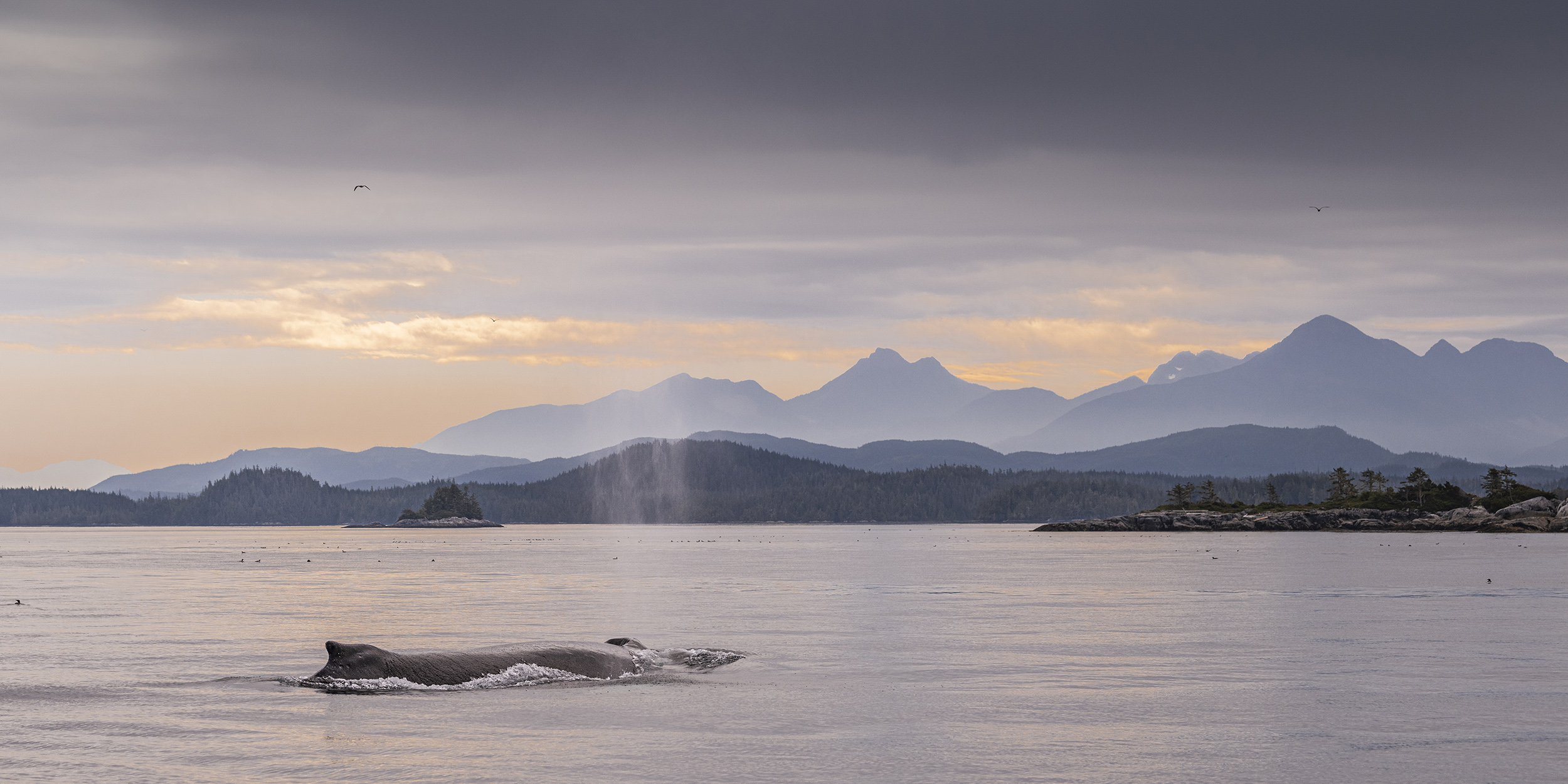A killer whale’s inverted Tail Lob – while on its back, it raises its flukes above the water’s surface and brings them down with force. This type of behavior is often viewed when the whales are in close contact with their pod or grouped together with other pods and seems to be a form of communication. Whether tail slapping is a friendly or an aggressive form of behaviour is not proved beyond a doubt but a majority of the times it seems to be a playful thing especially within the Northern Resident Whales that are in our viewing area. The sound that echoes after a tail slap can be very loud.
Bald Eagles

Bald Eagles are frequently sighted in our area. At times they can be seen in large numbers. This is usually where food supplies are high. For example this could be in areas with high concentrations of baitfish or along the rivers in the fall when the salmon are spawning. They are not migratory, but do move around with the food supply. As mentioned earlier when the salmon are spawning we often see many along the rivers, while there will be fewer along the coastline. With little need for camouflage their white head and tail feathers can be spotted easily. The female is slightly larger and her white head extends down a bit farther onto the body, but it is subtle. It takes these birds 4.5 – 5 years to acquire this unique plumage. As juveniles they are a brown colour. With exceptional eyesight and the ability to view 270 degrees they are understandably often seen in high perches and in trees near points and passageways.
Visit our Blog